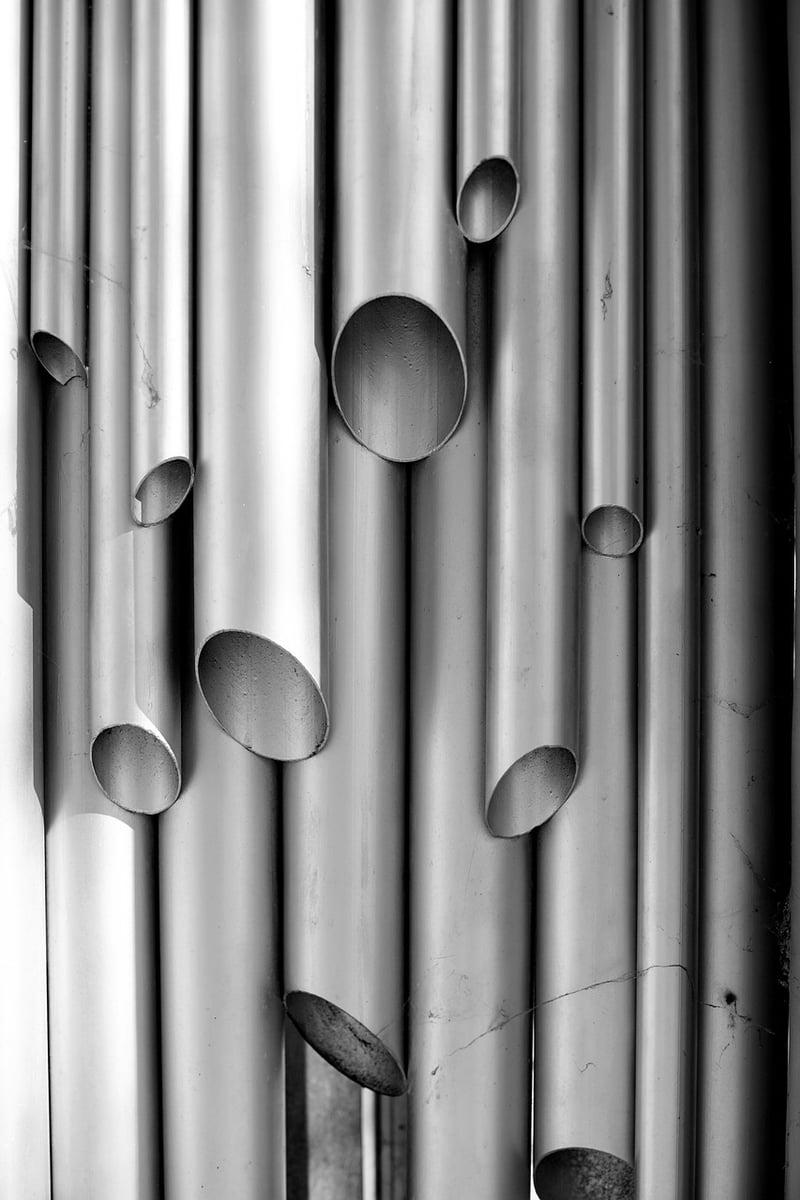Dystopian Worlds
Exploring Dystopian Worlds Through Different Eras
From ancient civilizations to futuristic societies, dystopian worlds have captured the imagination of readers and viewers across various eras. Let's delve into the different time periods and the dystopian visions they have portrayed:
Ancient Era:
In ancient literature, such as Plato's "The Republic" or Hesiod's "Works and Days," we find early inklings of dystopian societies where oppressive rulers govern with an iron fist, and the masses suffer under unjust systems.

Industrial Revolution:
The Industrial Revolution brought about new forms of dystopia, as seen in works like George Orwell's "1984" or Aldous Huxley's "Brave New World." These dystopias often depict totalitarian regimes, advanced technology used for control, and the loss of individuality.

Modern Era:
In the modern era, dystopian themes continue to resonate with audiences through books like Margaret Atwood's "The Handmaid's Tale" or Suzanne Collins' "The Hunger Games." These portrayals often focus on environmental collapse, social inequality, and the consequences of unchecked power.

Future Vision:
Looking ahead, the future holds endless possibilities for dystopian narratives. Whether through films like "Blade Runner 2049" or TV series like "Black Mirror," creators continue to imagine worlds where technology, politics, and society intersect in unsettling ways.

Exploring dystopian worlds across different eras allows us to reflect on our own society's strengths and shortcomings, prompting us to consider the paths we might choose in shaping our collective future.
Embrace the diversity of dystopian narratives and immerse yourself in the rich tapestry of speculative fiction that spans the ages.
